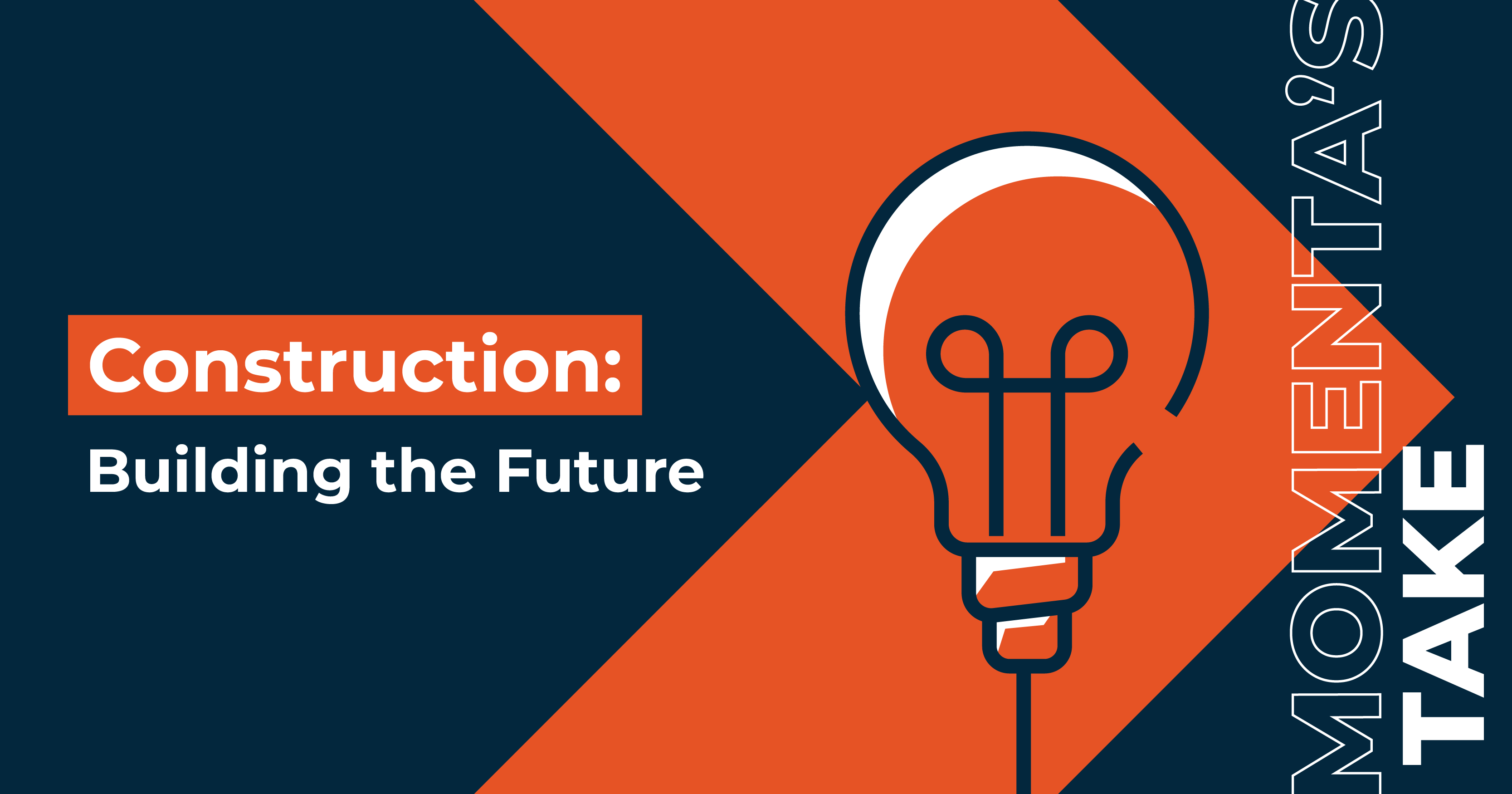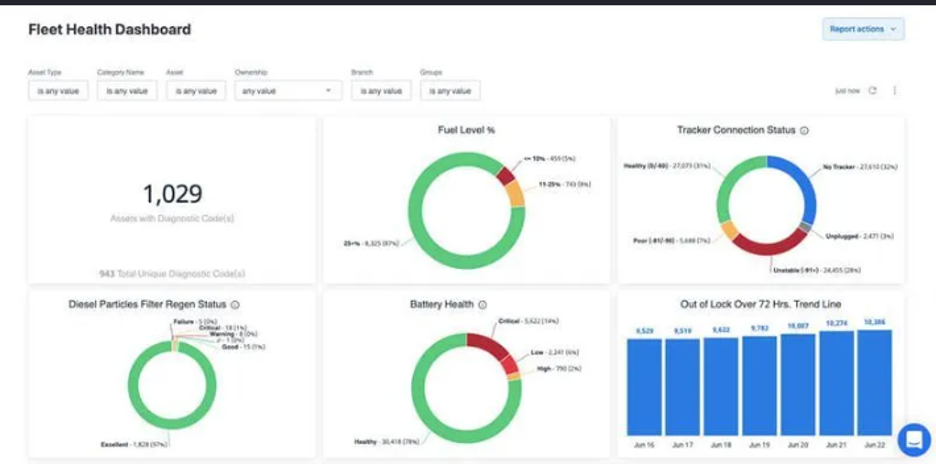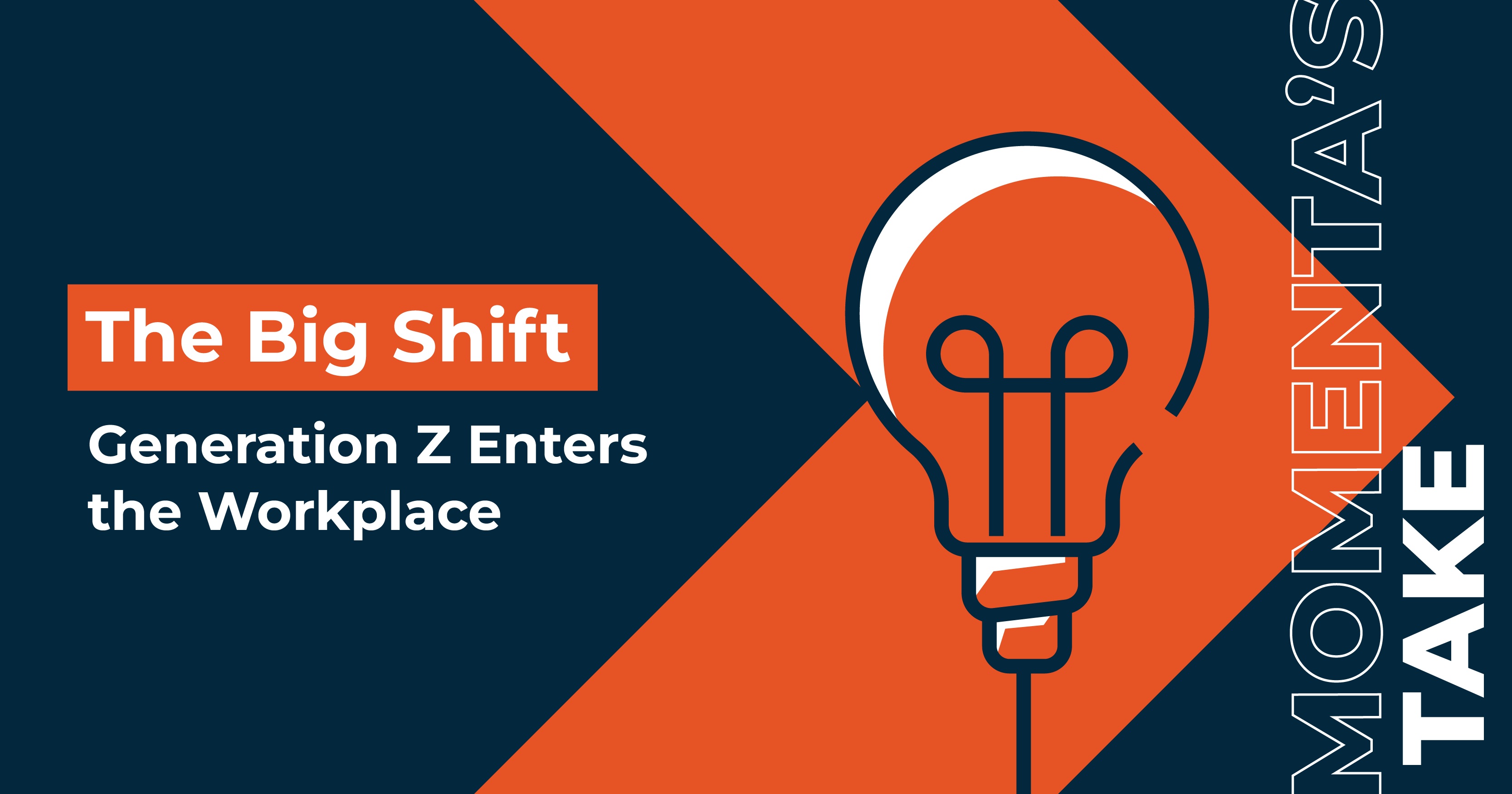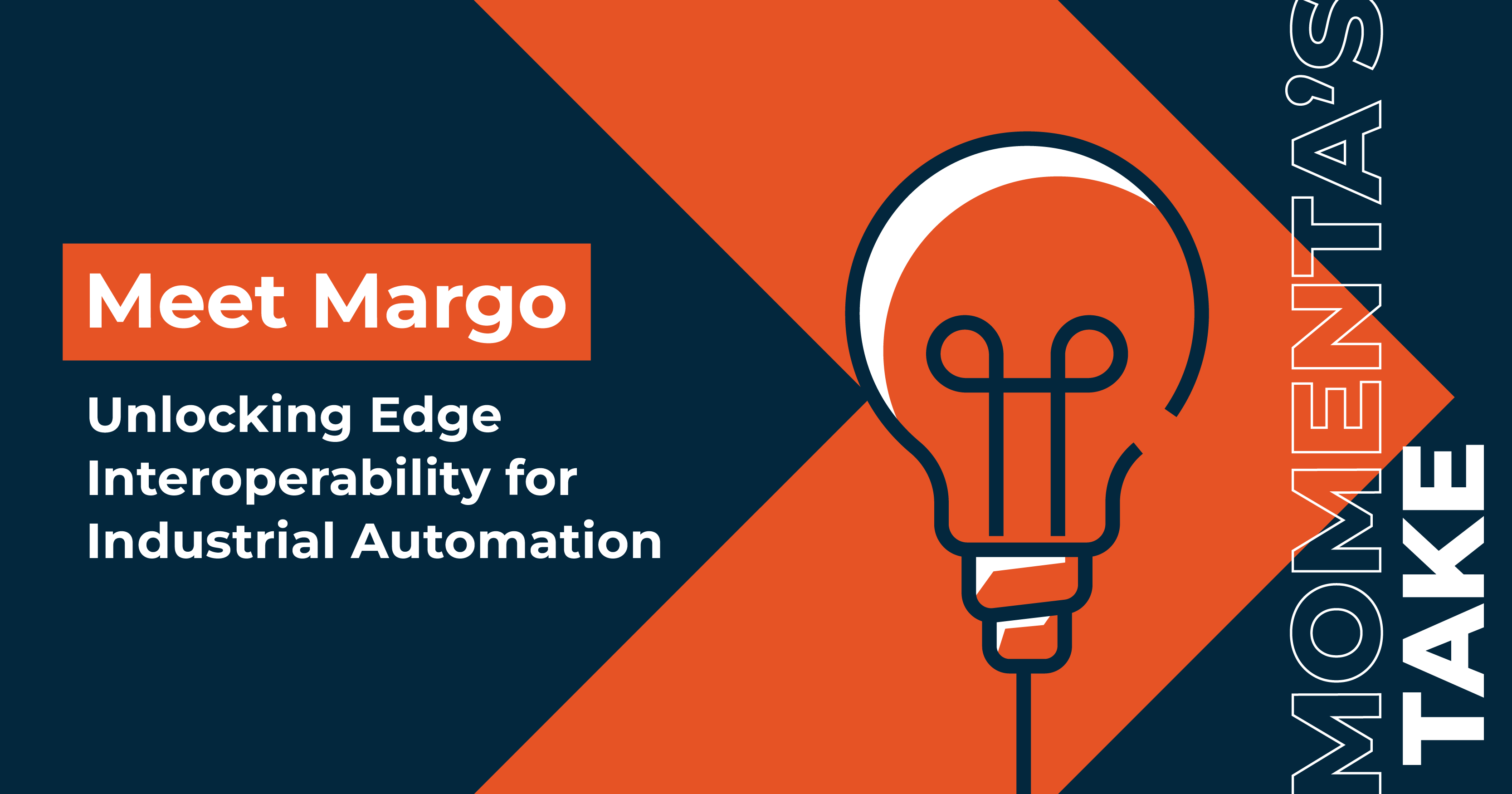Momenta's Take: Construction: Building the Future
Ken Forster

Building The Future – The Tech Revolution in Construction
The Construction industry is one of the industries most poised to benefit from technological innovation. Oxford Economics estimates that at $12tn, architecture, engineering, and construction (AEC) is one of the biggest industries in the world. Historically, the industry has been among the slowest to digitize and innovate, but this is changing due to strong demand for infrastructure, shortage of skilled labor and increased pressure for data transparency. Hence, there has been an influx of startups and innovators in the construction industry.
Growing in Importance
According to Future Market Insights, the construction technology market size is expected to increase at a CAGR of 16.9% from $5.1bn in 2023 to exceed $24.2bn by 2033. The VC funding slowdown has not spared construction tech startups, however. According to an annual report from Cemex Ventures, total investment in the space declined 55% from $5.4 billion in 2022 to $3 billion in 2023. However, construction investment as a proportion of all investment increased from 0.6% in 2020 to 1.06% in 2023.
Embracing Innovation
The construction industry has embraced innovative technologies to enhance efficiency, safety, and sustainability. Here are some of the most notable advancements:
- Construction Robots: Robotics, especially in combination with AI, are used in many ways. The most common are demolition robots, which comprise 90% of the construction robot market. Robotics are being used on-site to transport supplies and materials, perform welding tasks, operate machinery from a safe distance, lift heavy objects, and perform security tasks. Increasingly robots will be used for excavating, bricklaying, plastering, drilling, assembling, and 3D printing.
- Digital Twin Technology: Digital twins in Construction represent a virtual replica of a physical object such as a machine, building, or system, integrating real-world data and analytics to run simulations that predict how a machine or system will perform. In Construction, digital twins typically support asset management and space optimization – analyzing who will use the space, how and when they will use it, and what assets will live there.
- Building Information Modeling (BIM): Used for planning, design, and development, providing construction professionals with an intelligent digital representation of structures and buildings' physical and functional characteristics. BIM improves efficiency, quality, and safety and promotes collaboration among architects, engineers, real estate developers, contractors, and manufacturers.
- Drones/UAVs: Using drones enables construction project workers to capture aerial imagery, monitor progress, and inspect hard-to-reach areas. When done manually, surveying a job site can be an extensive task, but drones can survey up to 120 acres of land per hour, representing a 60X improvement in surveying efficiency.
- 3D Laser Scanners: 3D scanners employ specialized software and a laser probe to map out minute details and create highly accurate 3D renderings that help guide design and Construction. Compared to 2D scanning, 3D scanners can reduce costs by up to 50%.
- Augmented Reality (AR) and Virtual Reality (VR): These technologies have a transformative impact from design through Construction. AR overlays computer-generated images onto the real world via handheld or wearable devices, enabling collaboration, empowering workers, and improving safety and training.
- Asset Tracking: The combination of low-cost sensors, GPS, low-power Wide Area communications protocols, and advanced analytics allows costly machinery and construction equipment to be tracked and monitored in real time. This enables asset owners to track usage and costs and perform predictive maintenance. The technology also allows asset-sharing business models. EquipmentShare is a Momenta Portfolio company leveraging technologies to build a nationwide equipment distribution network and then create a technology system that captures utilization data from every machine.

AI the Catalyst to Accelerate Adoption
Construction has historically been slower to adopt technologies than other industries. A report from Global Data identified the top reasons behind the slow pace of tech adoption in Construction, which includes limited short-term financial payback, lack of resources specifically for innovative tech, a shortage of appropriately skilled labor, and lack of awareness. There are growing reasons to believe AI could help accelerate adoption. The economic benefits are being more widely recognized - the Construction Management Association of America (CMAA) estimates that AI has the potential to increase industry profits by 71% by 2035.
At Momenta, we are dedicated to fostering entrepreneurs who focus on the power of technology. The construction sector presents unparalleled prospects to enhance value through automation, bolstered operational safety, heightened efficiency, and pinpoint accuracy. Companies like EquipmentShare exemplify this vision, delivering solutions that streamline operations, enhance visibility, and maximize productivity across construction sites. With the landscape evolving rapidly, Momenta anticipates witnessing an influx of startups and innovators entering the construction sector, eager to capitalize on its transformative potential.

Momenta is the leading Industrial Impact venture capital firm, accelerating digital innovators across energy, manufacturing, smart spaces, and supply chain. Our team of deep industry operators has helped scale industry leaders and innovators to improve critical industries, the environment, and people's quality of life for over a decade.



